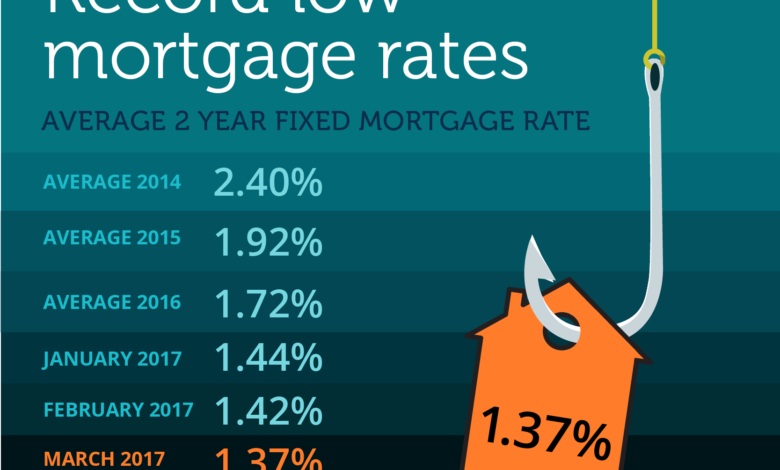How to Qualify for the Lowest Mortgage Rate Possible

How to Qualify for the Lowest Mortgage Rate Possible
Though lenders’ mortgage qualifying standards vary, the following are some proven strategies to qualify for the lowest mortgage rates available:
A high credit score
The best mortgage rates are typically reserved for creditworthy customers, defined as those with a credit score of 680 or above. Borrowers with good credit ratings are viewed as less risky by lenders.
With a credit score of 600 or above, you are still likely to be approved for a mortgage; however, you may not be provided the best prices.
Debt service ratios that are manageable
Lenders will carefully consider two crucial ratios when considering whether or not to provide someone the best mortgage rates: the Gross Debt Service (GDS) and Total Debt Service (TDS) ratios.
Your GDS ratio is the percentage of your pre-tax household income that goes on housing expenses such as mortgage payments, utilities, and property taxes. It should not be more than 32% of your annual total revenue.
Your TDS percentage covers both your GDS and any other debts you have (like student loans and credit card debt). TDS ratios should not exceed 44% of pre-tax family income. The lower your ratios, the greater your chances of acquiring the best mortgage rates.
Variable rates compared fixed rates
Fixed-rate mortgages often carry higher interest rates than variable-rate mortgages. Borrowers obtain the assurance of knowing how much their mortgage payments will be for the duration of their term in exchange for the additional expense.
Is the best mortgage rate the one with the lowest interest rate?
Although it may appear contradictory, the “best” mortgage isn’t always the one with the lowest annual percentage rate – but that is an excellent place to start.
Fees, the terms and conditions of your mortgage contract, accessibility of internet access, and customer service are all variables to consider when comparing mortgage rates. In other circumstances, lenders will compensate for low mortgage rates by charging greater fees, so it’s critical to consider all of these variables.
Calculate your mortgage payment using mortgage rates.
Obtaining a current rate quotation is critical if you want an exact estimate of your monthly mortgage payment.
Compare your borrowing capacity and total expenditures for a five-year, fixed-rate $500,000 mortgage amortized over 25 years with a 3% vs a 4% interest rate.
With a 4% interest rate, you’d have paid off the $500,000.00 principle plus $289,030.31 in interest over 25 years, for a total payment of $789,030.31.
With a 3% interest rate, you would still pay down the $500,000.00 principal, but you would pay $209,868.25 in interest, for a total cost of $709,868.25 over the course of 25 years.
Over the length of your amortization period, that 1% difference in interest rate might save you $79,162.06. Using an online mortgage payment calculator is a convenient approach to precisely compare prices without completing a lot of arithmetic.





